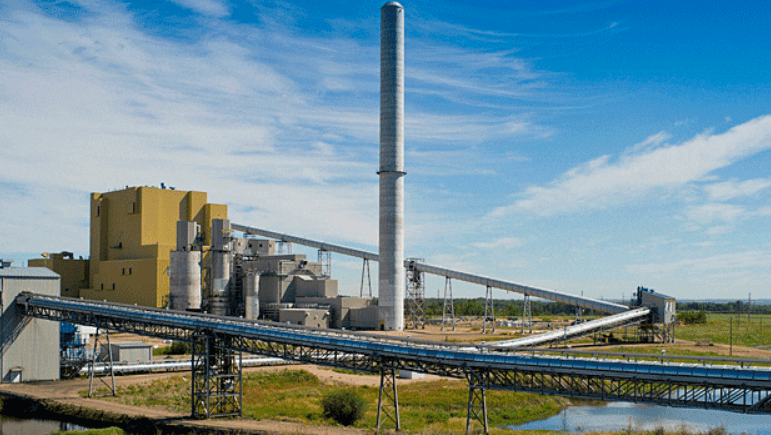For a long time, people couldn’t fully understand the nature of electricity. It wasn’t until the 19th century that everything started to become clear. However, as far back as 600 B.C., the Greek mathematician Thales of Miletus proved that amber when rubbed with cloth, attracts small and light objects.
The discovery of this man was a significant breakthrough in the field of electricity. People from all over the world began to pay attention to passing electrical phenomena, such as thunderstorms. Since then, there has been a concentrated effort to understand the essence of electricity. William Gilbert, a personal physician to Queen Elizabeth I, conducted experiments with various materials to determine which could create an electric charge when rubbed. By the end of 1891, the people of Edmonton had a good understanding of what electricity was and began to use it. For more information, please visit the website edmonton-future.
How did it go?
In 1891, the Rossdale Power Plant was established as the only power plant in Edmonton. It was operated by the Edmonton Electric Light & Power Company, owned by Alex Taylor and several partners. The coal-fired power station building was constructed of brick and steel and featured tall windows and massive smokestacks. After the plant’s opening, streetlights were immediately installed along Jasper Avenue. They operated from 6 AM to 1 AM, with a different schedule during the winter, from 5:30 AM to 11 PM.
In 1902, the city government purchased the power station from Taylor’s private enterprise for $13,400. After that, a low bridge was opened next to the station, connecting Edmonton and Strathcona. Various communications were actively developed with a lot of money allocated from the local government.
By 1905, the city had 24-hour electric service. A light department was opened, which served 53 customers. In the same year, Alberta became a province. To celebrate the event, consumers received free electricity for a week. Since then, a large construction of power stations has taken place in the new city.
In 1908, Edmonton became the first city to build a single electric streetcar system. They ran exclusively on electricity and were later replaced by more convenient trolleybuses.
In 1922, Edmonton Power began using underground electric cables, laying them both within the city and way beyond its borders. It was then that the first LED sign was installed on Jasper Avenue. Over time, the field of electricity continued to develop, with scientists working hard to create comfortable living conditions for people in the city.
In 1933, the city installed its first traffic light. In 1937, Pumping Station No. 1 joined the station, which housed the most modern equipment for the production of electricity in the country.
The development of electricity

In 1976, Edmonton became the first city in North America with a population of less than 1 million to have a light rail transit system. In 1982, the city council issued an order to begin construction of the Genesee power station, which is located 50 km from the city. $1.2 billion was allocated for the implementation of this project.
In 2002, work began on the third unit at the Genesee Generating Station. It became the first coal-fired installation in Canada to use critical boiler technology. The city government allocated $600 million for this work. There is a 735-hectare Genesee artificial lake based on this station, which is replenished with water from the North Saskatchewan River. The station itself consists of three main units.
The local government intends to convert the modern station to 100% gas use.


